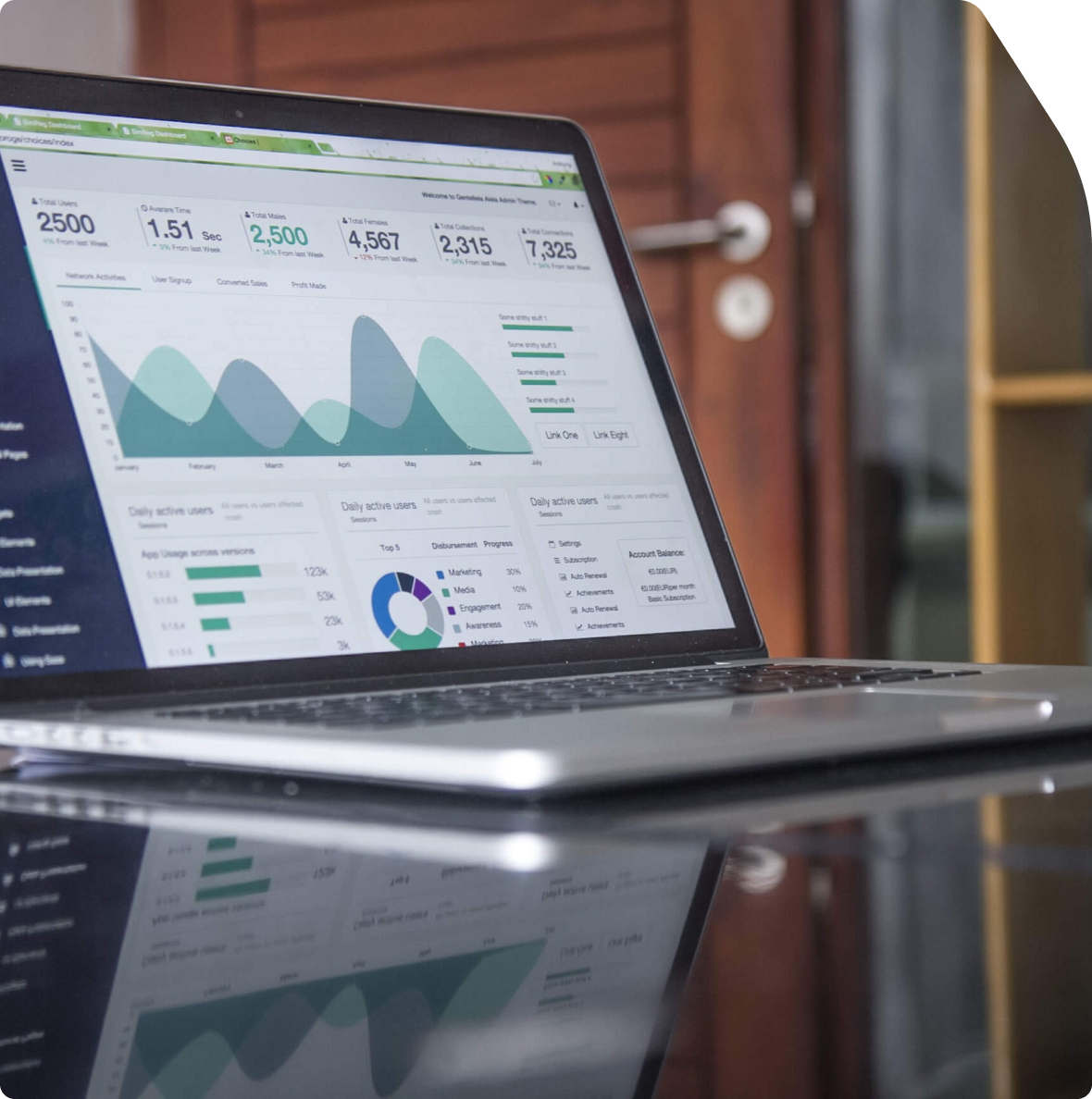DATA INTEGRITY
Driven by sector steering group standards and transforming source data into accurate and reliable business intelligence. Membership descriptions, location types, sport and programme definition, courses and sessions are standardised to allow like for like comparison.
Driven by a sector steering group standard and transforming source data into accurate and reliable business intelligence. Membership descriptions, location types, sport and programme definition, courses and sessions standardised to allow like for like comparison.
Typically 80-90% of source data is automatically matched and standardised at the point of transfer. The operator/ delivery partner is then asked to login and check this, and through a ‘DataHug’ webinar session with one of the DataHub Client Success team, any remaining data is also matched, ensuring all subsequent source data is always aligned automatically and can feed into any of the intelligence modules.
Critical to sector development
The wide variety of data capture applications in the sector allow for localisation of naming protocols as they should but benchmarking relies on standards and integrity.

Try Sector Standard Mapping
Integrity scores quickly show the level of accuracy source data maps against industry driven sector standards.
Site specific league tables indicate where data may be required to be managed more effectively due to lower integrity scores.
With sector bodies and sport governing bodies providing clear standards within the module, simple interfaces allow you to do mapping at the sport and programme level while maintaining local descriptions.
Rules based integrity checks allow you to easily identify outliers in your data that may affect overall benchmarking. Filters applied allow you to identify and correct any data anomalies at source.
BENEFITS
- Developing standards allows you to review operational and strategic processes at individual site level to identify potential service improvements and training need.
- Increased data quality ensures that all modules within the DataHub are working from the same set of data, allowing for clear sector benchmarking and quality business intelligence.
- The sector is able to understand its complexity and drive new improved standards through strategic initiatives and programme consolidation.
- Rules help identify rogue data in large historic data sets
Want to know more, Read our Data Integrity Report
